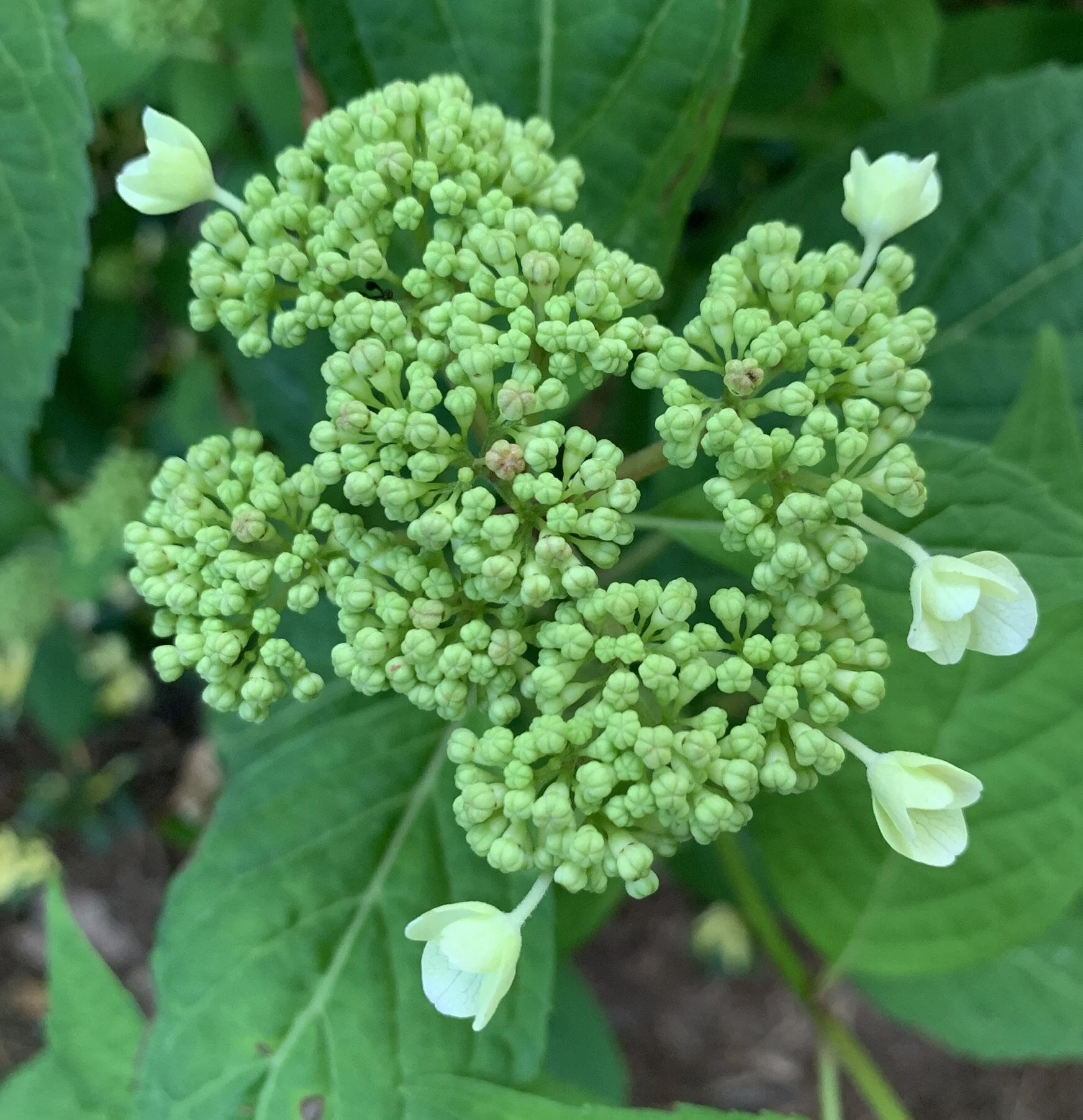The EPA's Mobile Web Site is Great (except for one thing)
I’m impressed
I’m impressed with the U.S. Environment Protection Agency’s mobile web site. When viewed vertically or horizontally via an iPhone 4s the website displays cleanly and clearly with easy-to-use navigational elements.
Four navigation tabs are displayed along the top: Home, Today, Apps, Connect, Tips. The last four are repeated downscreen via horizontally displayed menu items. Selecting any of these leads to another cleanly displayed page that is also clear and easy to ready.
Eventually as you traverse links you do reach pages rendered in the traditional full-browser mode. I suppose that’s inevitable given how many thousands of “pages” an agency like EPA has.
There are some links that don’t yet seem to work right. For example, if you are reading the “Privacy and Persistent Cookies Notice” page and follow the link embedded within the sentence “Visit this page for instructions on how to disable cookies in some of the most popular web browsers,” you are taken to a general search page for the USA.gov mobile web site. Once there there’s no apparent link to the “disable cookies” discussion. Presumably you have to use the search feature.
That said, this mobile site is an example of the good influence mobile technologies may be having on website design. Developers are focusing on the most critical items. The bad design and messiness that many older sites still display in their main web browser mode won’t fly on small screens that won’t tolerate zillions of links vying for attention. The EPA site is clean. I like it a lot.
One complaint
Still, I do have one complaint. It’s one that EPA is probably not alone in being guilty of.
Where are the people I can contact?
While I’m glad on the mobile site there are no boring self serving administrator bios that provide hashed-over versions of Linkedin profiles for public consumption, the lack of people to contact directly about a particular topic is obvious.
Going to the mobile web site’s Connect link does take you to a page listing a rich list of connection options including a variety of blogs and Twitter accounts, Facebook pages, and dedicated idea-gathering pages. Eventually one is led off-site or to a page that has not been optimized for a mobile small-screen experience. Names of people are sprinkled throughout these pages. Other than the Administrator, there’s no easy way to see whom you can ask about a particular issue or problem, nor is contact information provided for all named individuals (e.g., for authors of blog past articles).
It might seem that I’m picking on the EPA here. I’m not. Many Federal agencies have been dragged kicking and screaming into use of mobile, social, and collaborative tools by Administration fiat or by individual innovators within their midst. Some are still evolving strategies to keep multiple pages and sites aligned with official programs and policies.
Such alignment is a major task. Its ramifications go beyond which technology to target in “mobile-enabling” a web site. EPA has done a good job here.
But I’d still feel better were more effort put into locating a person to contact earlier in the mobile site, even though, admittedly, such a request could open a can of worms. We’re talking about a Federal agency here that has a multitude of physical locations, organizations, policy goals, programs, and legislative agendas to support. Add in the need to manage a complex mix of research and regulatory priorities, many of which have vocal interest groups ready to pounce on any perceived divergence from constituent interests, and you will understand how complex developing an easy-to-navigate mobile interface can be to an agency with an annual budget in the billions of dollars.
Still, I’m hoping that the EPA (and other Federal agencies) don’t just view a major goal of their “mobile web strategies” to be “making more web pages accessible on mobile devices via touch interfaces.” While that might be a useful interim strategy for certain types of content, it misses the boat when it comes to taking full advantage of the communication and collaboration features of smartphones and other mobile devices.
The potential
Treating mobile devices simply as more nodes in a content distribution network underplays how effective they could be in situations where direct interaction between a citizen and an expert or program representative cuts down on blind alleys and wasted time. That’s why I see the greatest potential for mobile apps such as EPA’s are not in accessing pages of content but in helping citizens make connections with the people and organizations that matter most to them.
Copyright (c) 2012 by Dennis D. McDonald



